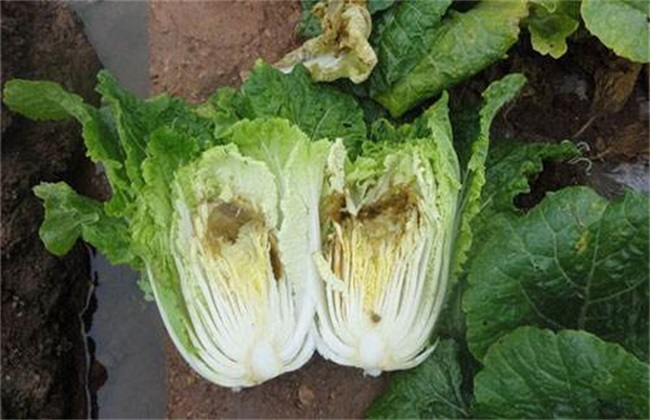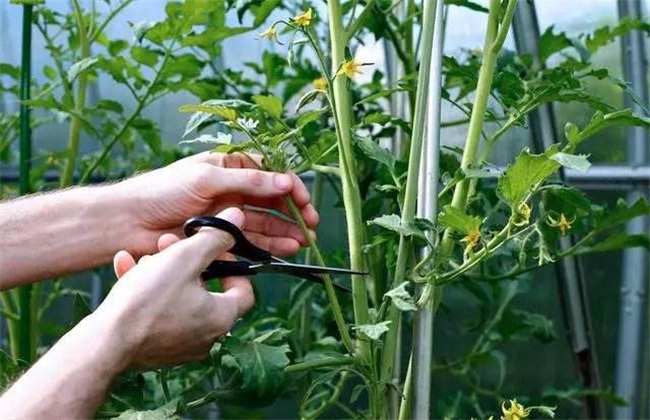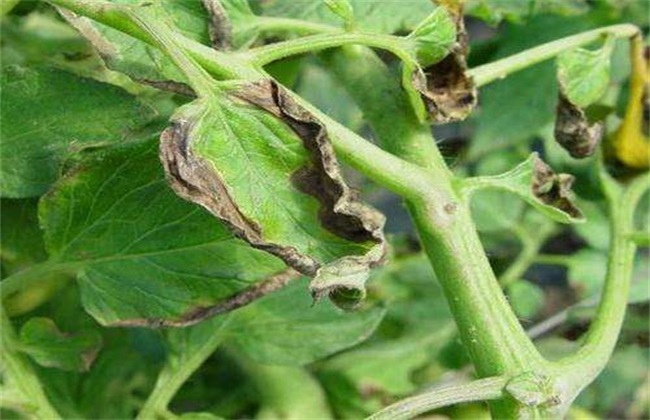What about calcium deficiency in vegetables?
Vegetables are indispensable dishes in our daily life. Eating vegetables can supplement a variety of nutrients for the human body, which is very beneficial to human health. There are many kinds of vegetables in our country, and the planting area of vegetables is also very large in our country. And the demand for nutrition in the growth of vegetables is also relatively large. Especially calcium, so when we are growing vegetables, what should we do if we lack calcium? Let's take a look at it with the editor.

1. Selection of calcium fertilizer
In the process of growing vegetables, if it is found that vegetables are short of fertilizer, then calcium fertilizer must be added in time. And the choice of calcium fertilizer is very important, now commonly used is and chelated calcium fertilizer. Chelated calcium fertilizer can be effectively introduced into the phloem of vegetables and improve the absorption of calcium by vegetables. In addition, we can also choose some mineral calcium. Mineral calcium is not easy to fix, which is beneficial to the absorption of vegetables. At the same time, it will not be affected by soil, weather and other factors. But also contains some other trace elements, which is very conducive to the absorption of calcium.
2. Application period
When we apply calcium fertilizer, we should pay attention to control the application period. The first time should be carried out at the seedling stage of vegetables, because most vegetables are an important period for root development after planting. At this time, the appropriate supplement of some calcium fertilizer can enhance the growth ability of vegetable roots and promote flower bud differentiation. Calcium fertilizer should then be applied again during the flowering and fruiting period, as this period is the peak of nutritional demand for many vegetables. For the common nitrogen, phosphorus and potassium elements, the absorption rate is relatively fast, basically there will be no shortage. However, calcium fertilizer is more difficult to supplement, so we must pay attention to do a good job of calcium fertilizer supplement in the flowering and fruit stage.
3. Application site
When we apply calcium fertilizer, we should pay attention to understand which parts of vegetables are prone to calcium deficiency and supplement accordingly. In general, the tender parts of vegetables are more likely to lack calcium. And the calcium in vegetables basically does not move. Therefore, when we spray foliar fertilizer to supplement calcium, we should pay attention to the tender parts of vegetables. If there is any fruit, then pay attention to spraying the young fruit. It is usually sprayed about once a week, about three times. And when spraying foliar calcium, it can also appropriately supplement some elements such as potassium and boron, which can promote the absorption of each other.
4. Soil environment
Soil environment has a great relationship with the absorption of calcium in vegetables. When calcium is absorbed by the roots of vegetables, it is generally absorbed in combination with water. Therefore, when we apply calcium fertilizer, we should pay attention to maintain the water content of the soil. Generally speaking, the suitable soil water content of many vegetables is about 75%. In addition, we should focus on controlling the proportion of nutrition, not partial application of nitrogen fertilizer, phosphate fertilizer, etc., but also control the amount of fertilizer application. Avoid excessive salt concentration in the soil, which hinders the absorption of calcium in the roots.
The above is a brief introduction to what to do with calcium deficiency in vegetables. That's all for today's introduction. This article is for reference only. I hope it can help you all.
Related
- Where is it suitable to grow horseradish in China? it is expected to see the middle altitude horseradish in Alishan.
- How to prevent tomato virus disease reasonably? (Control methods included)
- Many people like to plant towel gourd on the balcony. What are the main points of this method and management?
- What crops can chili peppers be mixed with?
- Fertilization techniques and matters needing attention in Tomato
- What are the grafting techniques for peach seedlings in spring?
- Harm and control methods of root swelling disease of Chinese cabbage
- What are the pests of sweet potatoes? How to prevent and cure it?
- Symptoms, causes and Control methods of navel Rot in Tomato
- The cause of "Cucumber rotten bibcock" in Farmers' planting Cucumber and its Control Plan



